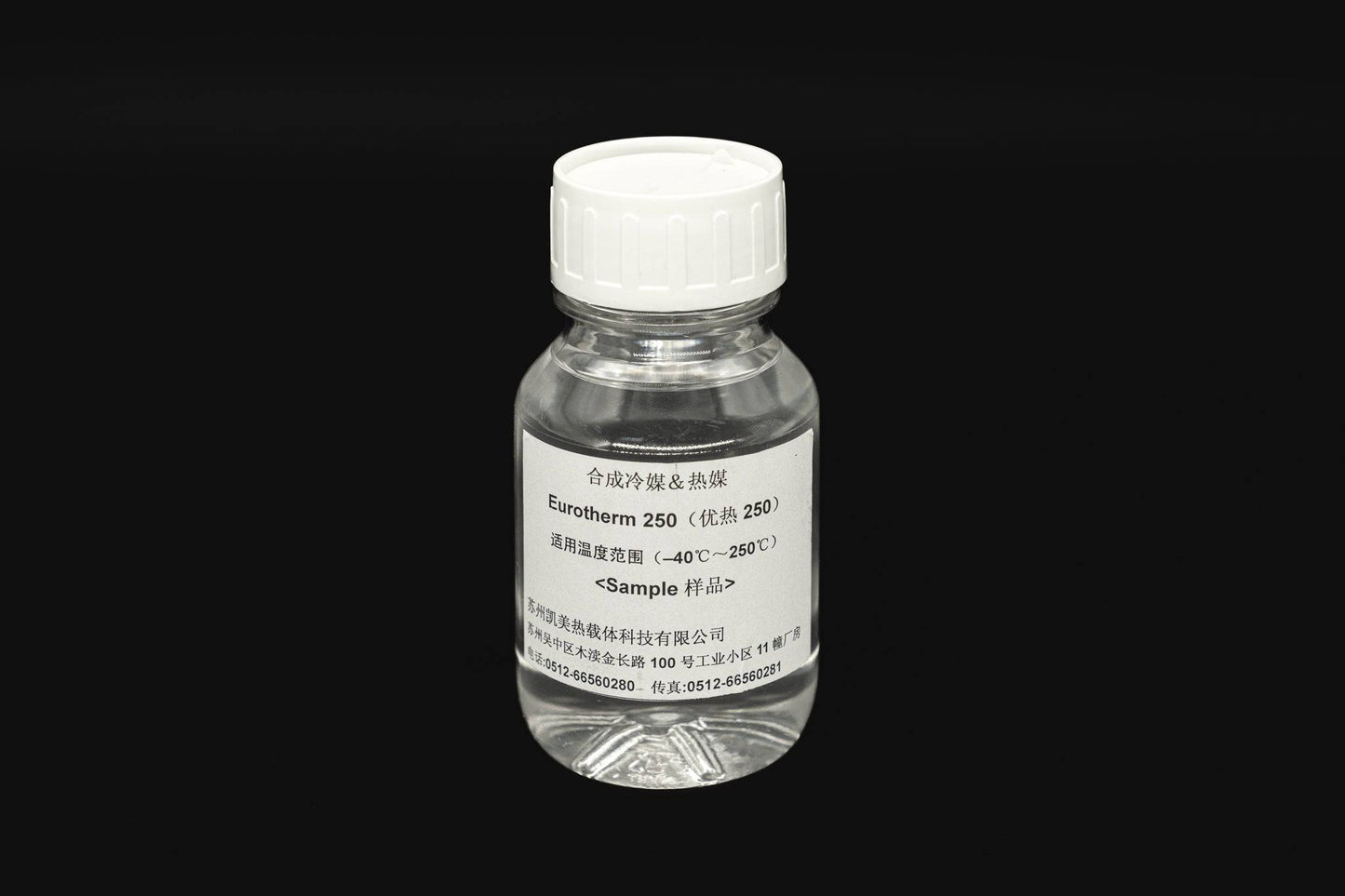The 7-Second Trick For Chemie
(https://medium.com/@betteanderson_37015/about)Measured modification in electrical conductivity of liquid examples as a function of time when mixed with the material sample in the shut indirect air conditioning loop experiment. Figure 6 reveals the modification in the determined electrical conductivity of the liquid examples when stirred with the resin example. The conductivity of the water sample from the closed loophole experiment minimized by around 70% from 11.77 S/cm to 3.32 S/cm in six hours.
These results showed that the ability of the material depends upon the test fluid used for the experiment. This shows that various ions present in the fluid will certainly cause various ion exchange capacity of the fluid. Consequently, computing the ion exchange resin ability with the fluid example from the real cooling loophole is very important.
8 Simple Techniques For Chemie
An ion exchange material cartridge containing 20g of Dowex combined bed resin might take on order 938 days to saturate - silicone fluid. To put it simply, to maintain a low electrical conductivity, a resin cartridge with the measurement and weight specification as that of the resin cartridge made use of in the experiment, need to be altered every 30 months for the cooling system that was utilized in the experiment
The air conditioning of electronic parts has become a significant obstacle in current times due to the improvements in the layout of faster and smaller sized parts. Because of this, various air conditioning technologies have been developed to effectively eliminate the warm from these elements [1, 2] The use of a liquid coolant has become attractive due to the higher heat transfer coefficient accomplished as compared to air-cooling.
Chemie - An Overview
A single stage cooling loophole includes a pump, a heat exchanger (cool plate/mini- or micro-channels), and a warm sink (radiator with a follower or a liquid-to-liquid warm exchanger with chilled water air conditioning). The heat resource in the electronic devices system is affixed to the heat exchanger. Fluid coolants are also made use of in two-phase systems, such as warm pipelines, thermo-siphons, sub-cooled boiling, spray cooling, and straight immersion systems [2, 4]
The requirements might vary depending on the kind of application. Following is a checklist of some general demands: Good thermo-physical residential properties (high thermal conductivity and particular warmth; low viscosity; high hidden warmth of evaporation for two-phase application) Low cold point and ruptured point (in some cases ruptured protection at -40 C or reduced is required for delivery and/or storage space purposes) High atmospheric boiling factor (or reduced vapor stress at the operating temperature) for single stage system; a slim desired boiling point for a two-phase system Excellent chemical and thermal security for the life of the electronics system High flash point and auto-ignition temperature level (sometimes non-combustibility is a demand) Non-corrosive to products of construction (metals in addition to polymers and various other non-metals) No or marginal regulatory restrictions (eco-friendly, nontoxic, and possibly biodegradable) Cost-effective The ideal electronic devices coolant is a low-cost and safe fluid with superb thermo-physical residential properties and a long solution life.
The 25-Second Trick For Chemie
A lot of these liquids have a non-discernible odor and are nontoxic in case of call with skin or intake. As pointed out previously, aliphatic PAO-based fluids have changed the silicate-ester fluids in a variety of military electronic devices (and avionics) cooling down applications in the last years. One more class of preferred coolant chemistry is dimethyl- and methyl phenyl-poly (siloxane) or frequently called silicone oil.
Fluorinated compounds such as perfluorocarbons (i.e., FC-72, FC-77) hydrofluoroethers go right here (HFE) and perfluorocarbon ethers (PFE) have certain one-of-a-kind homes and can be used in call with the electronic devices [4, 8] Of all, these fluids are non-combustible and safe. Some fluorinated compounds have zero ozone diminishing potential and various other ecological residential properties.
Ethylene glycol is anemic and almost odor-free and is completely miscible with water. When properly hindered, it has a reasonably reduced corrosivity. This coolant is identified as toxic and need to be dealt with and disposed of with treatment. The quality of water made use of for the preparation of a glycol solution is really crucial for the system.
The Ultimate Guide To Chemie

This is a low cost antifreeze option, locating use in refrigeration services and ground source warmth pumps - meg glycol. This fluid can be utilized down to -40 C owing to its reasonably high price of heat transfer in this temperature variety.
It is thought about more hazardous than ethylene glycol and consequently has actually discovered use just for process applications located outdoors. Methanol is a combustible liquid and, as such, introduces a possible fire risk where it is stored, took care of, or utilized.
The Best Guide To Chemie
As a combustible liquid, it requires specific safety measures for handling and storage. Liquid options of calcium chloride locate vast use as circulating coolants in food plants. The major applications of these fluids are in the food, drink, pharmaceuticals, chemical and weather chamber applications, recently these liquids have been explored for single-phase convection cooling of microprocessors.
Comments on “The Of Chemie”